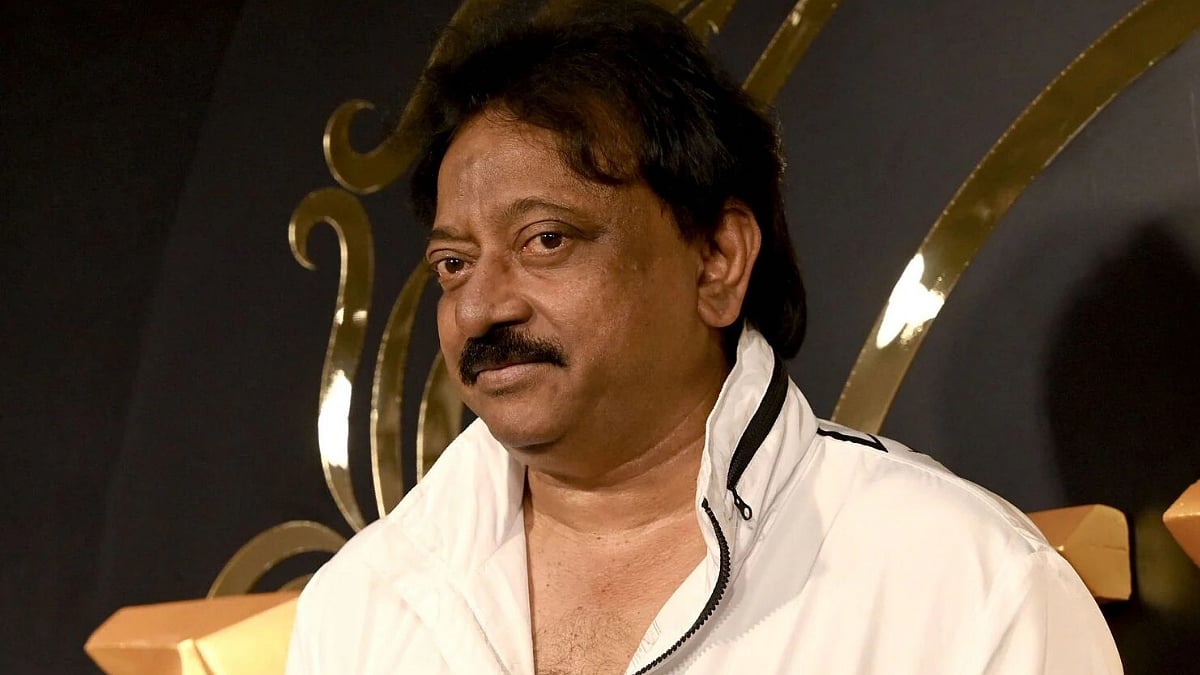Just a fraction of the thousands of crores of rupees that India is spending on her metro rail network can do wonders for urban commuters. This is by complementing the metro rail network with a robust bus service as a part of the public transport system.
Metro Rail in Pune
Already a small section of Punekars have started commuting to office via metro rail, especially on the Vanaz-Ruby Hall section connecting east and west Pune. “My son-in-law no longer drives to office but takes the metro,” said a proud senior citizen with a smile, happy that his daughter’s husband had been spared of the heavy automobile pollution, congestion and stress of commuting back and forth to office. Added to this is the substantial savings in the family’s transport budget and a reduction in fuel consumption which helps India reduce her fuel import bill.
The nascent metro network in Pune has made a good start in certain sections and can succeed in a big way only if it is complemented with an efficient bus and CNG/electric autorickshaw service providing last mile connectivity as seen in Delhi and Noida.
To-and-fro feeder buses and autos to the metro station is a given and a well-acknowledged part of a city’s public transport plan. However, emerging megacities like Pune will always need a robust public bus service — like Mumbai — to cater to commuters in the suburbs and localities not connected by the metro network. Significantly, the success of a metro network also depends heavily on a good bus service because it is the buses which bring passengers to the metro stations.
Absence of a good mass transport system in Pune
The absence of a good mass transport system in Pune over the decades has forced the citizens to use personal vehicles making Pune the city with the highest number of two wheelers. An average middle class family has a minimum of one car and two two-wheelers; with the number climbing up to two cars and three two-wheelers for an upper middle class family. This can be reduced sharply with the metro network and an efficient public bus service.
Pune’s public bus service, the PMPML (Pune Mahanagar Parivahan Mahamandal Limited) is a critical part of the city’s public transport infrastructure but has always been neglected by the ruling politicians and the establishment. That is why, Aam Aadmi Party’s (AAP) on-going ‘Bus Mitra’ campaign is noteworthy.
Most political campaigns are often about protests, morchas, demonstrations, bandhs and vandalism of public property, all aimed at grabbing the media’s attention. But here is a public campaign which has sought to bring all the stakeholders together with the common good of giving the people of Pune a better bus service. Notably this campaign is being driven by a band of young and energetic volunteers.
AAP’s campaign
Focused on the safety of bus commuters, the campaign led by AAP’s Pune vice-president Chenthil Iyer, a self-employed chartered accountant, has been driven bottoms-up, seeking to address the woes of bus commuters. After a public survey of the commuters, AAP’s volunteers stationed themselves at various bus stops to assist commuters during peak hours in the evenings. This was done once a week, every Wednesday from 7 pm to 8 pm, as the volunteers urged bus drivers to bring their vehicles close to the bus stops and not halt in the middle of the road.
Blowing whistles, they assisted passengers to safely board and alight from buses and ensured that private vehicles and autos were not parked near bus stops or indulged in double parking near bus stops. There was close and friendly coordination with bus drivers and conductors, the PMPML administration and the Deputy Commissioner of Police (DCP) Traffic, Vijay Kumar Magar, which contributed immensely to the success of the public-spirited campaign.
All the networking, planning and coordination was done by Iyer and his team over Zoom meetings and a WhatsApp group. At the Sadanand Hotel bus stop on Baner Road, AAP’s Pune president Sudarshan Jagdale who was there with his two volunteers spoke of how many accidents have happened because of cars and two-wheelers coming in the wrong direction. Indeed, wrong-side driving by two-wheelers and four-wheelers is a hazardous nuisance suffered by pedestrians and bus commuters on Pune’s roads. This is aggravated by the inability of bus drivers to bring their vehicles into the bus bay at bus stops because of indiscriminate double parking and parking of private vehicles close to bus stops.
Feedback survey
Participating in the feedback survey, women commuters called for increased and reliable frequency of buses and the need for clean and well-maintained buses. The PMPML needs to address these issues and also take steps to drastically reduce the number of bus breakdowns on a daily basis.
For decades together, government after government has neglected the PMPML as politicians have been deaf to the city’s crying need for a decent public bus service. Poor maintenance and inadequate fleet strength resulting in unreliable and poor frequency have been the bane of Pune’s bus service. Consequently buses are packed and overcrowded, and cannot be boarded by the elderly and senior citizens.
Mumbai has always had a far superior bus service with good frequency, fleet strength and specially-marked seats for ladies, senior citizens and the disabled. It is high time that authorities paid attention to improving Pune’s bus service and complementing it with the metro for the benefit of one and all.
The author is a journalist and works for a policy research think tank. He tweets at @abhay_vaidya











